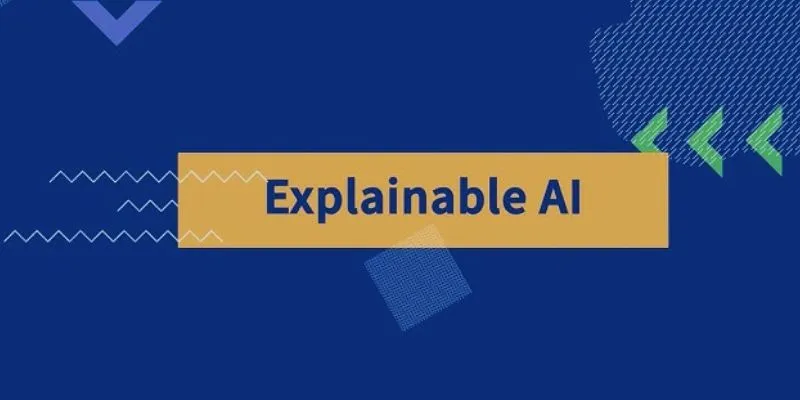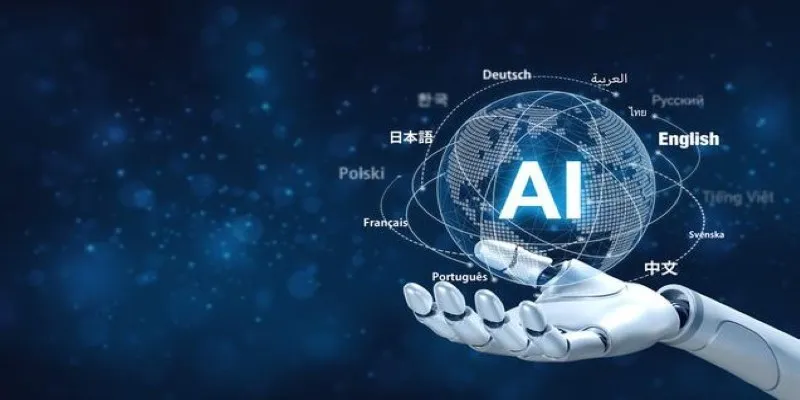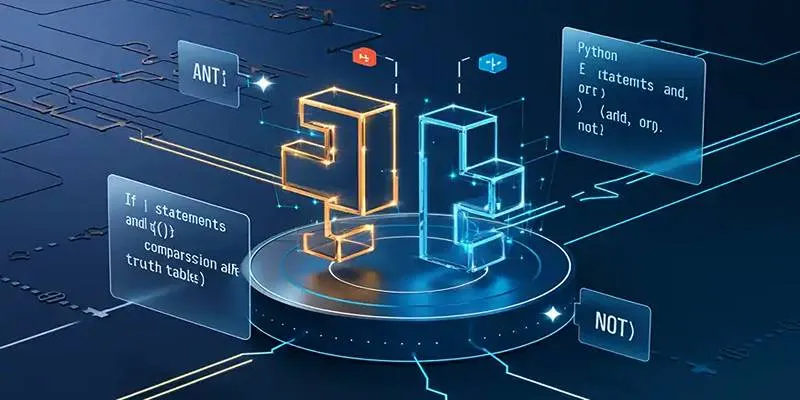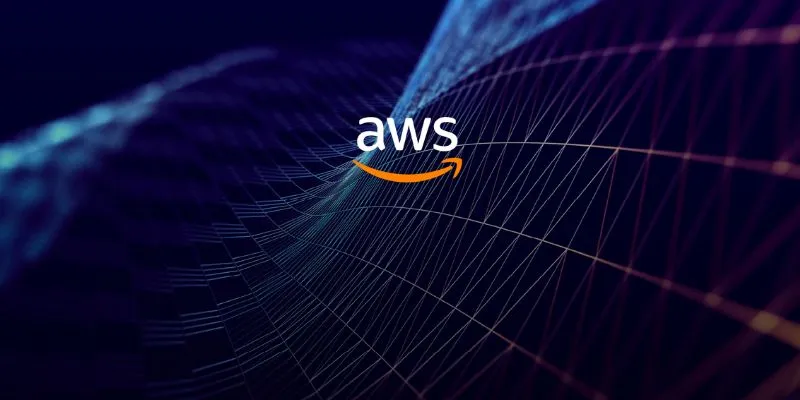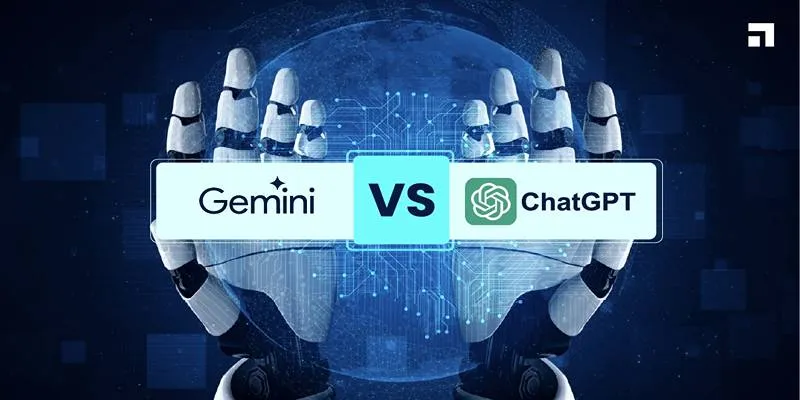In early 2025, DeepSeek broke out of tech circles and captured the national imagination, becoming a buzzword across China. During the recently concluded “Two Sessions”—China’s top political meetings—delegates discussed DeepSeek alongside terms like “AI+,” “large language models,” and “computing power,” which appeared in the government work report.
Some experts liken this moment to when Thomas Edison lit the first practical electric light bulb in the late 19th century. Artificial intelligence may now be experiencing its own “Edison moment”—moving from research labs into daily life, industry, and public service.
A Cultural Phenomenon
DeepSeek made its public debut during Chinese New Year festivities. At reunions, it generated poetry on demand. Influencers used it to write viral copy in seconds. Some turned to it for companionship in virtual spaces.
Within just two months, over 100 publicly listed companies and nearly every major internet platform in China had adopted DeepSeek. Regional governments in Beijing, Guangdong, Jiangsu, and beyond integrated it into their operations.
The Hangzhou-based company, founded less than two years ago, shocked the global AI community on January 20, 2025, with the release of DeepSeek R1—a large language model (LLM) rivaling the world’s best, but built using significantly fewer computing resources. This challenged the prevailing “compute-heavy” development model.
Rethinking AI Development
Zhu Songchun, director of the Beijing Institute for General Artificial Intelligence and Dean at Peking University, criticized the industry’s long-standing reliance on “big data + massive compute + large models.” In that paradigm, compute power, dataset size, and model parameters defined progress.
DeepSeek subverted this model by achieving strong performance with lower costs, thanks to architectural innovations and engineering optimization. French newspaper Le Monde reported that DeepSeek, operating with outdated chips due to U.S. export restrictions, proved powerful AI can be created with limited compute and data.
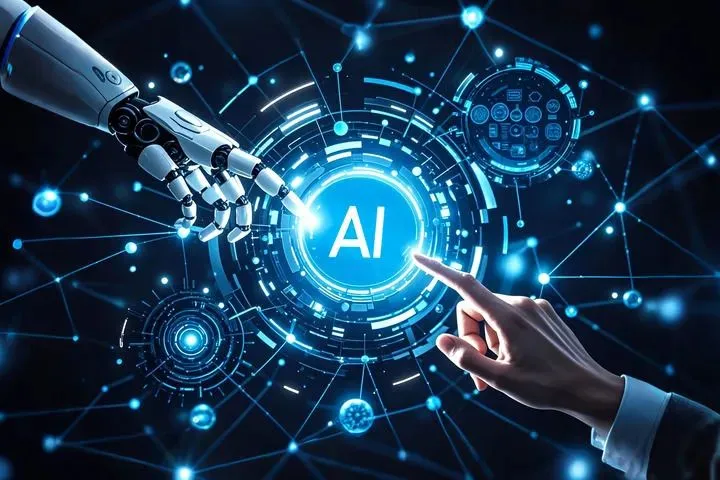
The Power of Open Source
Another key to DeepSeek’s rapid rise is its open-source philosophy.
Unlike most U.S. firms (Meta’s LLaMA being a notable exception), DeepSeek released its model, training documentation, and code to the public. The Guardian wrote: “While U.S. companies are building walls, China is opening doors. DeepSeek has stripped away the mystery surrounding AI.”
Chinese tech giants quickly followed suit. Tencent integrated DeepSeek into WeChat Search, QQ Browser, and its “Yuanbao” assistant. Alibaba, Baidu, and NetEase also embedded it into cloud services, maps, office tools, and other national-scale platforms.
Wu Fei, director at Zhejiang University’s Institute of Artificial Intelligence, believes DeepSeek’s lightweight, open design could make AI as ubiquitous as electricity—fueling the broader “AI+” movement.
On February 21, DeepSeek released five more open-source repositories, reaffirming its commitment to transparency and knowledge sharing.
AI for the Many, Not the Few
Zheng Yongnian, Dean of Public Policy at CUHK (Shenzhen), stressed that AI often worsens inequality—but DeepSeek’s accessibility offers a rare opportunity to democratize its benefits.
Even previously closed companies began softening their stance. On February 17, OpenAI CEO Sam Altman posted on X asking which model the public wanted to see open-sourced—a sign that DeepSeek’s influence may be reshaping global norms.
Wang Jinqiao of the Chinese Academy of Sciences argues that this AI revolution—driven by technical maturity, open strategies, market demand, and policy support—is accelerating AI’s industrial adoption in China.
Stimulating Upstream Ecosystems
DeepSeek is also catalyzing upstream sectors. On February 6, Nanjing’s Intelligent Computing Center announced it had deployed DeepSeek on domestic Cambricon AI chips. Over 10 Chinese semiconductor firms, including Huawei’s Ascend and Muxi, pledged support for DeepSeek training and deployment.
According to China Telecom’s Hangzhou branch, Beijing and Shanghai’s GPU clusters were quickly rented out by enterprises racing to fine-tune DeepSeek for their specific industries.
Now, nearly all major Chinese cloud providers support DeepSeek.
Yi Peng, Chairman of the Pangoal Institution, noted that DeepSeek has sparked renewed confidence across government agencies, investors, and entire industry chains.
Revolutionizing Industries
China’s AI ecosystem is booming, with over 4,500 AI-related firms and a core industry valued at nearly 600 billion yuan, according to the China Internet Network Information Center. The government is backing AI with long-term strategies like the “Eastern Data, Western Compute” initiative.
DeepSeek’s flexible, open model is now seen not as a peak to scale—but as an ocean of potential.
Automotive Industry: “DeepSeek on Board”
Over 20 automakers have adopted DeepSeek, lowering the cost of smart driving system development. XPeng CEO He Xiaopeng predicted that AI will drive transformative change in the auto industry over the next decade.
Mobile Industry: “DeepSeek in Your Pocket”
Huawei, Honor, OPPO, and Vivo have integrated DeepSeek into smartphones, improving answer accuracy by 15%, according to one engineer.
Smart Manufacturing
Haier’s smart factories—already producing 10 refrigerators per minute—use DeepSeek to further enhance productivity. Detection accuracy has increased tenfold, and efficiency is up by 40%.
Retail & Small Businesses
In Yiwu, a global hub for small commodities, merchants use DeepSeek like a calculator. The Chinagoods platform relies on it to generate multilingual videos, product descriptions, and real-time pricing.
Financial Industry
DeepSeek enables small and mid-sized financial institutions to analyze markets and manage data more effectively—capabilities once restricted by high costs.
Transforming Government Services
Government adoption is surging. Shenzhen deployed DeepSeek R1 on its official cloud by February 10, and all departments began using it by February 16—for document processing, decision-making, and administrative approvals.
Smaller cities followed. Linyi, Shandong, integrated DeepSeek into its “Yimeng Eye” economic monitor, automating risk analysis and public reporting.
Citizen services like the 12345 hotline saw dramatic boosts: in Liaoning, data processing sped up 20x; in Shanwei, Guangdong, task flow efficiency rose 60%.
Healthcare: AI as Doctor
On February 13, China’s first “AI Pediatrician” launched in partnership with Beijing Children’s Hospital. Its diagnostic accuracy matched expert judgments, showcasing its promise in broadening healthcare access.
An AI guideline issued in November 2024 identified 84 use cases, covering drug R&D, hospital operations, and clinical decision support.
Navigating Ethical Challenges
AI’s rapid growth brings serious challenges: job displacement, misinformation, and deepfake abuse.
Actor Jin Dong, a CPPCC member, called for tighter deepfake regulations after scammers used AI-generated videos of him to defraud fans.
From fake celebrity endorsements to voice scams mimicking stars like Liu Dehua and Dr. Zhang Wenhong, misuse is rampant.
Zeng Yi, a UN AI safety advisor, warned that AI risk is systemic and must be addressed across the lifecycle—from design to deployment. He argued that safety should be the “first principle” of AI development.
China’s Ministry of Public Security reported over 200 million yuan in losses from AI-based identity and voice fraud over two years.
Global Cooperation Is Key
AI safety is a global concern. OECD data shows AI-related incidents in 2024 were 21.8 times higher than in 2022.
In July 2024, the UN General Assembly unanimously adopted China’s AI cooperation proposal—the first AI-focused resolution of its kind.
In 2025, China’s National People’s Congress pledged to introduce legislation covering AI, digital economy, and data governance. Tech leaders including Lei Jun (Xiaomi), Liu Qingfeng (iFlytek), and Zhou Hongyi (360) proposed governance frameworks addressing AI-generated content and data hallucinations.
DeepSeek’s Philosophy on AI-Human Relations
When asked about human-AI relations, DeepSeek responded:
“Every time a technological singularity arrives, humanity replays the paradox of Prometheus—who stole fire yet feared its flames. AI is like that fire: capable of illuminating the road ahead or burning the bearer.”
Science fiction writer Han Song sees DeepSeek as an extension of the human brain—part of our evolution from mechanical tools to cognitive prosthetics.
In today’s hybrid reality, AI is a tool. Whether it empowers or endangers us depends on human values, ethics, and foresight.
 zfn9
zfn9


